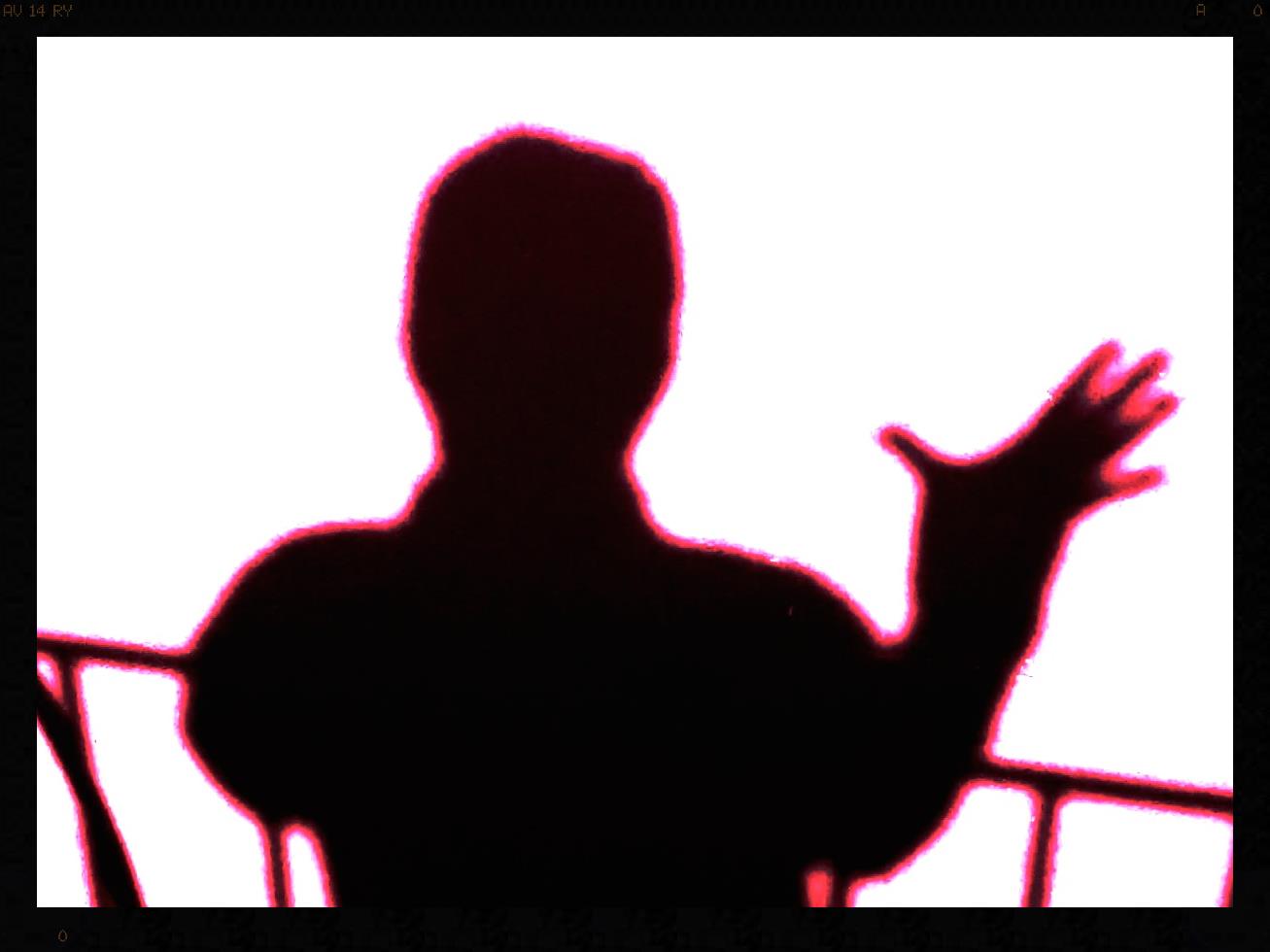Beautiful Beast
Peter Hannan and Peter Hinton have collaborated on a number of music theatre projects, beginning in 1997, when Hinton directed Hannan’s first opera The Gang for productions in Vancouver and Toronto. In 2002, their opera 120 Songs for the Marquis de Sade which that year was the recipient of The Rio Tinto Alcan Award for the performing arts. This was followed in 2003 by the smaller work The Diana Cantata , about the death of Princess Diana. Both of these were produced by Modern Baroque Opera.
In 2006, Hannan composed the extensive electronic/vocal score for Hinton’s production of The Duchess of Malfi at the Stratford Festival.
We have worked for a number of years to create a new music theatre work, and Beautiful Beast is the result.
This work is our third musical theatre collaboration over the past 10 years. These collaborations were so exciting that we were determined to create another full scale work that could bring to fruition all that was evolving in these first two pieces.
Mad Shadows was published when Blais was 20 years old, in 1959, and was a major sensation at the time. It is a short, intense novel, which captures the real anxieties of youth, sexuality and passion against an almost Gothic landscape of middle-aged convention and appearances. Our adaptation, retaining the original title; Beautiful Beast is a musical fairytale for the stage with musical influences from country and western to the Baroque.
Beautiful Beast was originally commissioned by the National Arts Centre in 2008, and the NAC supported the initial development of the piece. We now have a script, score and demo recording of our work and feel ready for workshop and production. Marie Claire Blais has supported the idea of this adaptation and we have secured the rights during the creation period.
The piece is conceived for five performers and one child. While the score is written for 8 instrumentalists: violin, cello, bass, trumpet, horn, trombone, percussion, keyboard; the final orchestration will be decided as production plans progress. This could be anywhere from the complete orchestration as written, to some combination of pre-recorded plus selected instruments, to singers performing entirely with pre-recorded tracks .
BEAUTIFUL BEAST – SYNOPSIS
The beautiful beast of the title is Patrice, a mindless Adonis worshipped by his widowed mother, Louise, and loathed by his ugly but intelligent sister, Isabelle-Marie. Louise's devotion to her son wanes when she takes a new husband, an ageing dandy with a golden cane, named Lanz. The characters prey upon one another in a fairy-tale-like cycle of physical and psychological violence, broken only by Isabelle-Marie's marriage to a beautiful, blind young man, Michael. Through-out Act One, each character lives according to their delusion, until Patrice, in a fit of childish rage and jealousy kills his new father. Louise, blinded by the love for her son, conceals the murder, and vows to keep the crime a secret.
In Act Two – the illusions of each character are shattered by realities and their consequences. Michael recovers and regains his sight, discovering the true appearance of Isabelle Marie. Feeling betrayed, Michael abandons his wife and new born daughter, Anne. Isabelle Marie and Anne return to live with Louise and Patrice, who appear now grotesque, with the horror of their secret lurking beneath the vanity of their pride and good looks. In an act of atonement or revenge, Isabelle Marie disfigures her brother’s face – believing that an ugly appearance will show the world the nature of his soul within. Louise unable to love an ugly son finds that he is now only mindless and dull. She has her son committed to a hospital, and banishes her daughter from the farm. Now alone – Louise at least has her wealth, but discovers a mysterious cancer growing on her skin.
The story ends in a dream-like sequence of events which attempt to reconcile, appearances and their rewards in reality. Isabelle Marie burns down her mother’s farm, and ends her own life, walking into an oncoming train. Patrice returns to the lake, where he first beheld his reflection, and like an avenging narcissus, descends into the water, discovering his soul at last.
Beautiful Beast is a landmark work from the nineteen year old imagination of Marie Clare Blais. Like a fairy-tale it does not dwell on psychological motivation or societal causes for privilege and injustice. But rather, it works like a parable or an allegory on beauty and ugliness, blindness and sight, shame and revenge – and ultimately, compassion and forgiveness.
Few ask why the witch in Hansel and Gretel, longs to devour children, but the tale confirms that such fears exist within our imaginations, and can be overcome through the inner resources of our humanity. Fairy-tales lend themselves well to music theatre and opera. They have a larger than life theatricality, an action centered narrative structure – and romantic emotional journey that all lend themselves readily to drama and song. In the tradition of “Tales of the Vienna Woods” and “Cinderella”, “ Hansel and Gretel” and “Wicked”… Beautiful Beast is a new Canadian musical about the coming of age – and the fall from grace. Our aim is to create a show that is beautiful, mysterious and provocative – and like all good fairy-tales, enters into the darkness of the woods, to reconcile new understandings, when people don’t always live “happily ever after”.
“The lurid energy of Beautiful Beast makes for an unforgettable morality tale. Despite the depravity of Blais's characters, their motives and worries are all too familiar. The most disturbing feature of Beautiful Beast is its relevance. --Jack Illingworth
Here are 3 scenes excerpted from a demo recording of Beautiful Beast followed by the script for each of the scenes.






